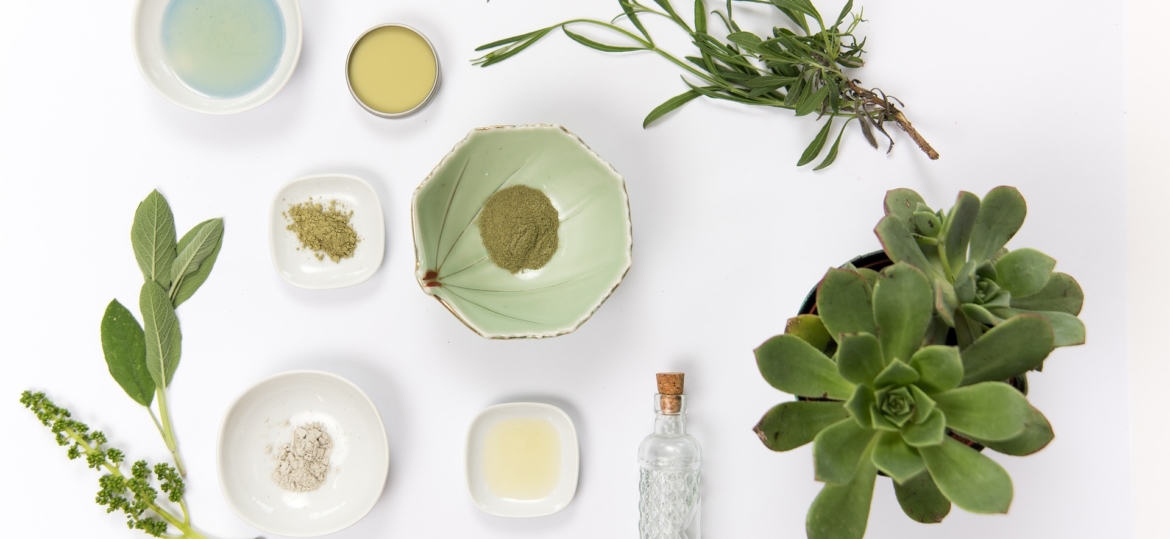
Essential oils are a mixture of fragrant molecules extracted from the plant itself, present in flowers, fruits, leaves, seeds and roots.
The production of essential oils in plants is directly proportional to the intensity and duration of exposure to the light; heat and light are the determining factors.
It is no coincidence that the plants belonging to the labiate family ( mint, rosmary, sage, lavender, origano) abound in the sunny Mediterranean belt.
Just as in human beings, each plant is different from another, even if it belongs to the same botanical genus.
The aroma, or the scent, is different from plant to plant in reality because their components can vary in quantity. The therapeutic power also changes according to the place of cultivation, the climate, and the period of harvesting.
It is important to know that essential oils are volatile, that is they evaporate quickly when exposed to air. This characteristic is found in the composition of the perfumes, where the strongest and freshest main essences have a faster evaporation time; other less volatile essences are called “heart notes”, and finally the most persistent (resiny) are called “tail notes”.
In aromatherapy the psychological and intimate character of the smell, among other factors, elicits a physiological response from our body. The odorous molecules reach the amygdala gland, which forms links with the hypothalamus. From here begin important connections with the hormonal regulation system, that generates an intertwining of smell, emotions and memory. All essential oils have bactericidal powers, some are antifungal, others balsamic, or healing etc.
In cosmetics they play a role in the creation of many products as purifiers, anti-wrinkle, protective, reinforcing and perfuming agents. The quantity of essential oils contained in a plant can vary from 0.01% up to 10% also called RESA IN ESSENZA.
Essential oils contain several main chemical constituents which, as mentioned previously, can vary by geographical origin: ALCOLI, ALDEIDI, CHETONI, ESTERI, FENOLI, OSSIDI, SESQUISTERPENI. Some of these substances are responsible for the important antibacterial, antiinflammatory, decongestant properties etc.
METHODS OF EXTRACTION:
Essential oils are obtained mainly through distillation, but some types are produced through pressing, also called sponging; in particular those of citrus fruits. There are various types of distillation, including in a steam current and supercritical distillation with CO2. For the most delicate fragrances the enfluerage system was used.
The cost of essential oils derives from the quantity of plant necessary to obtain one gram of product.
When purchasing an essential oil it is preferable that 100% purity is specified on the label, meaning that the oil has not undergone any processes of splitting or elimination of some substances, the botanical species and the origin.
AROMACOLOGY
This is the science that studies the effects of fragrances on the mind. This term was coined by the Olfactory Research Fund ( Sense of Smell Institute www.senseofsmell.org) in 1981to scientifically study the correlation between psychology and fragrance technology. The reactions and the emotions induced by the smells are studied through the stimulation of the olfactory pathways to the ‘ pleasure center’ which is the limbic system of the brain.
